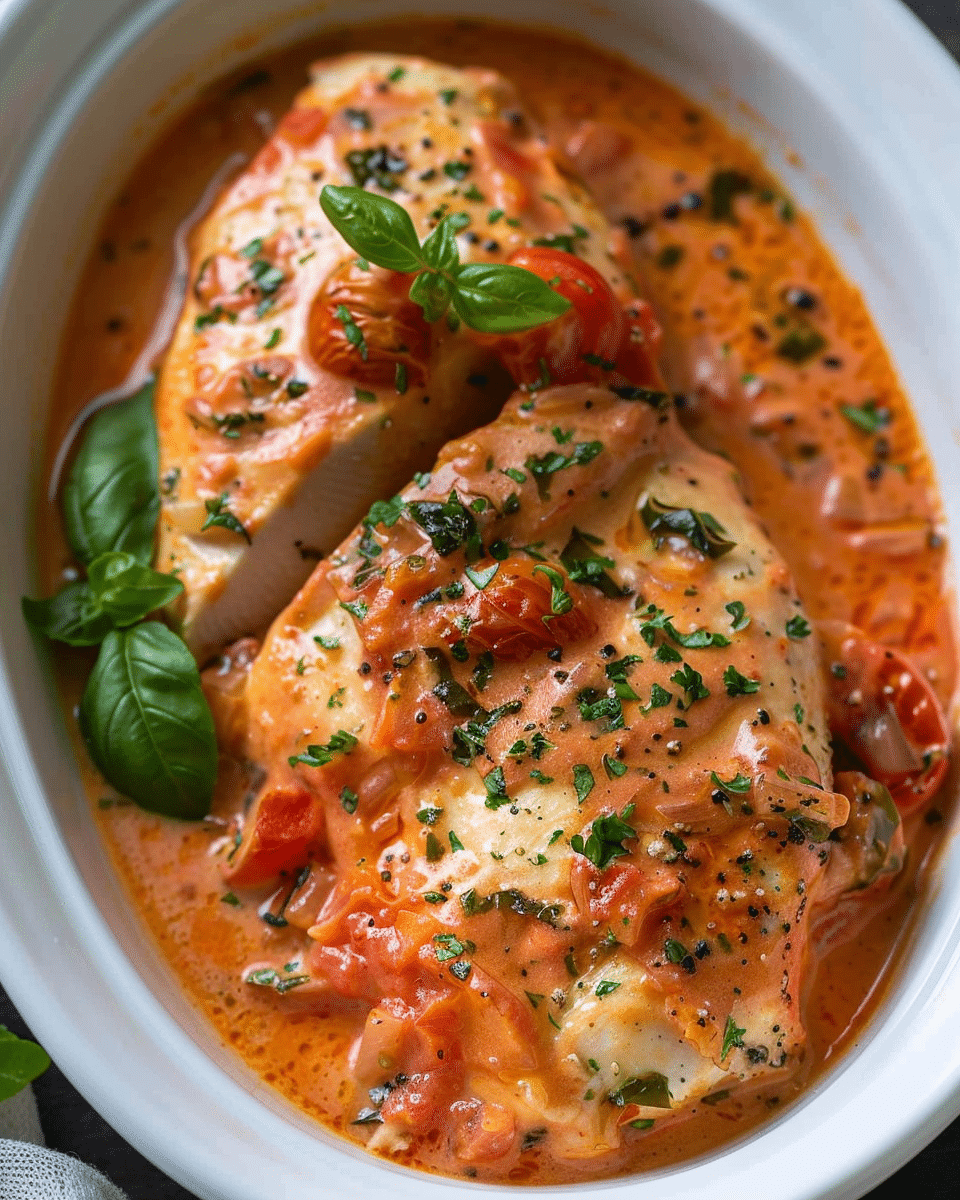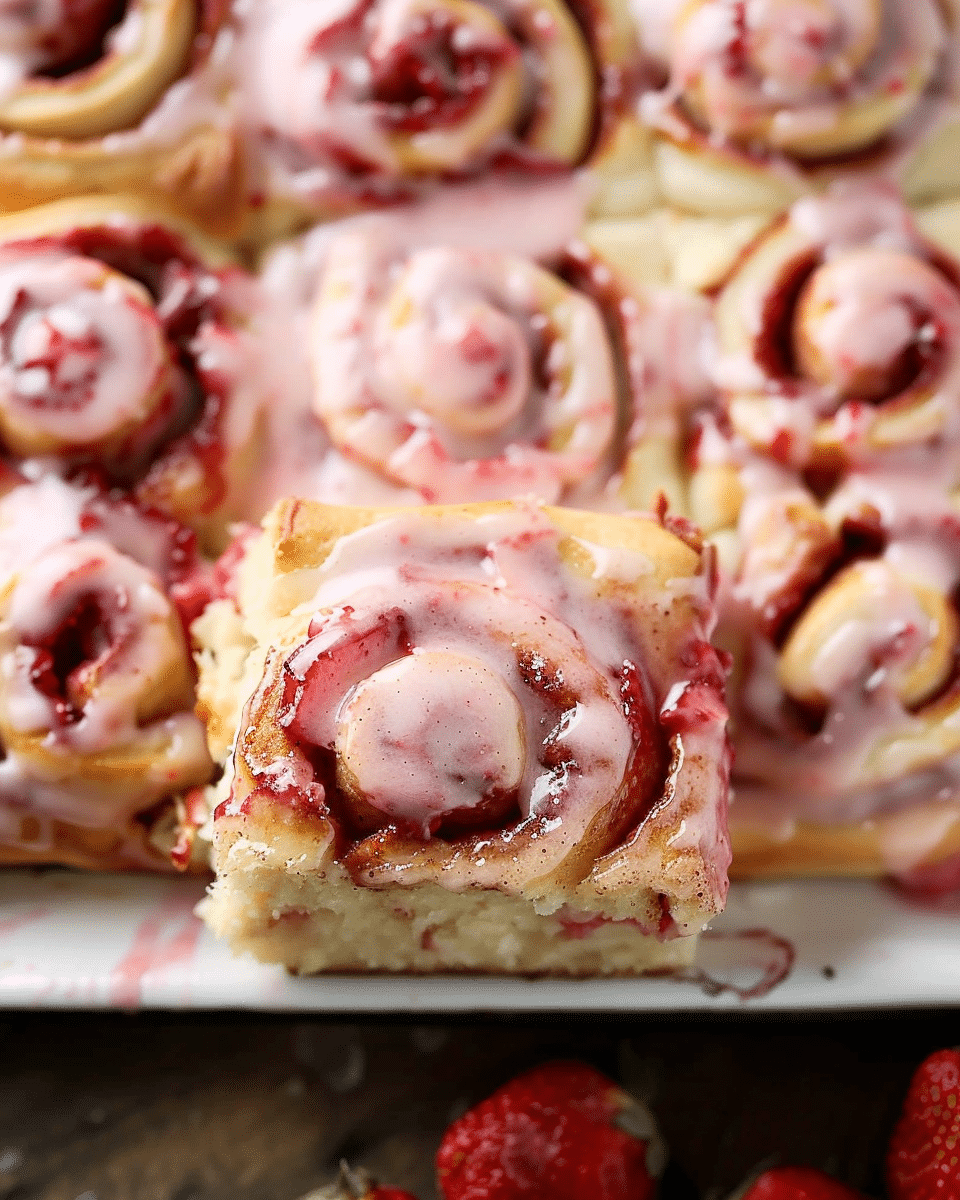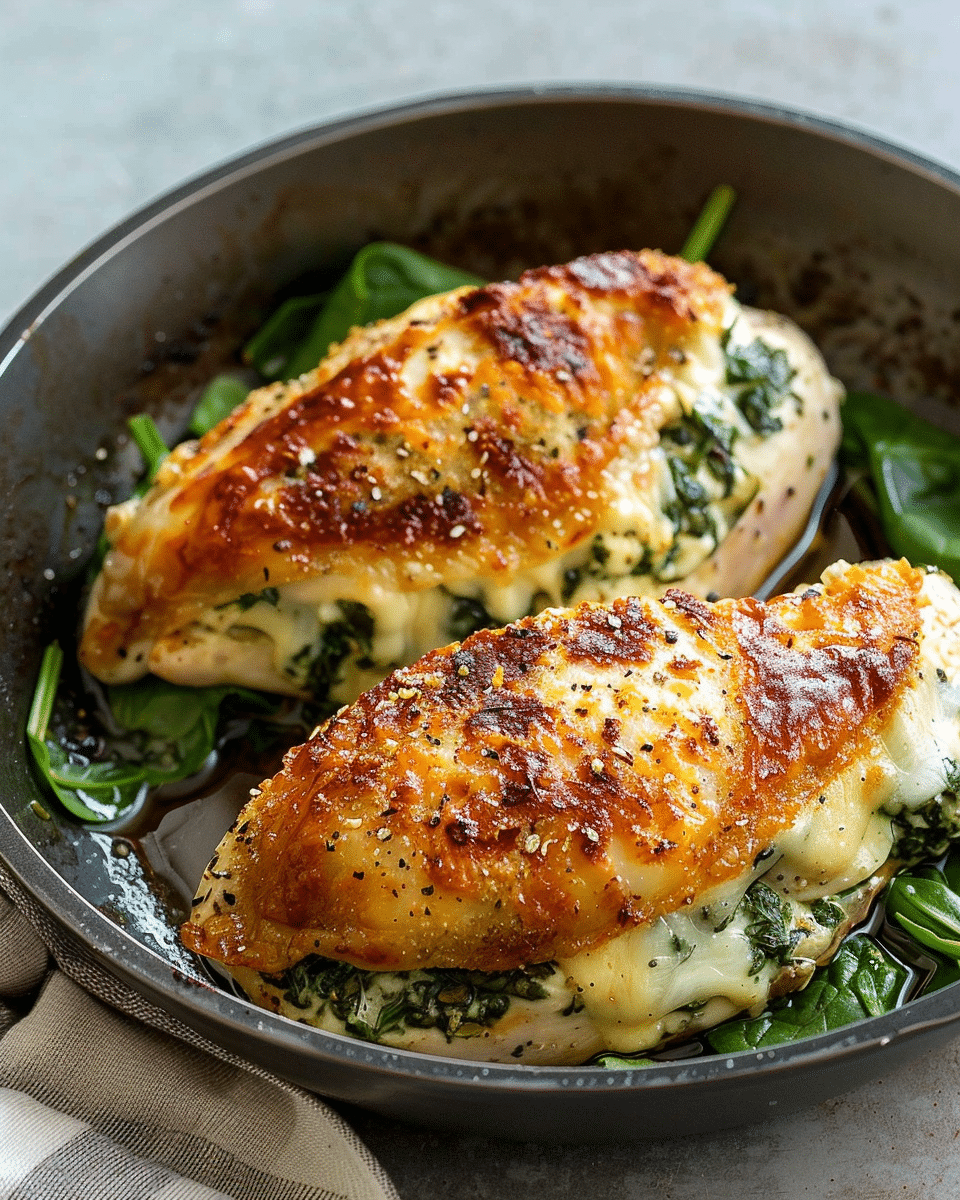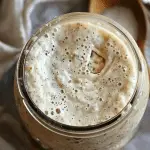Have you ever wondered why restaurant pancakes always seem to be so much fluffier than the ones you make at home? It’s not just your imagination – there are actually several factors that contribute to the light and airy texture of restaurant-style pancakes. Understanding these factors can help you achieve the same fluffy results in your own kitchen.
One of the key factors that sets restaurant pancakes apart is the use of leavening agents. Baking powder and baking soda are commonly used in pancake batter to create carbon dioxide bubbles that make the pancakes rise and become fluffy. However, the way these leavening agents are used can vary from recipe to recipe, which can impact the final texture of the pancakes. Additionally, restaurants may use different types or brands of leavening agents that are specifically formulated for optimal rise and fluffiness.
Another factor that can impact the fluffiness of pancakes is the consistency of the batter. If the batter is too thin, the pancakes may spread out too much and become thin and dense. On the other hand, if the batter is too thick, the pancakes may not cook evenly and could end up heavy and doughy. Achieving the right consistency can take some trial and error, but adding a little extra liquid or flour to the batter can help you find the perfect balance.
Key Takeaways
- Restaurant-style pancakes are fluffier due to the use of specific leavening agents and mixing techniques.
- The consistency of the batter is also important in achieving fluffy pancakes.
- Experimenting with different recipes and techniques can help you achieve restaurant-quality pancakes at home.
The Science Behind Fluffy Pancakes
If you’ve ever wondered why restaurant pancakes are so fluffy, the answer lies in the science behind the ingredients and technique used to make them. In this section, we’ll explore the role of ingredients and the importance of technique in making your pancakes fluffy and delicious.
Role of Ingredients
The ingredients used in pancake batter are crucial to achieving a fluffy texture. Here are some of the key ingredients and how they contribute to the fluffiness of your pancakes:
- Flour: Flour provides structure to your pancakes. Using too much flour can result in dense, heavy pancakes, while using too little can result in thin, flat pancakes. All-purpose flour is the most commonly used flour in pancake batter, but some recipes call for cake flour or a combination of flours for a lighter texture.
- Leavening agents: Leavening agents such as baking powder and baking soda are responsible for creating air pockets in your pancake batter, which results in a light and fluffy texture. Be sure to use fresh leavening agents for the best results.
- Eggs: Eggs provide structure and moisture to your pancakes. Be sure to beat your eggs well before adding them to your batter to incorporate air into the mixture.
- Buttermilk: Buttermilk is acidic and reacts with the leavening agents in your batter to create carbon dioxide, which helps your pancakes rise and become fluffy. If you don’t have buttermilk on hand, you can use regular milk with a tablespoon of vinegar or lemon juice added to it.
Importance of Technique
In addition to using the right ingredients, technique is also important for achieving fluffy pancakes. Here are some tips for getting the technique right:
- Mixing: Overmixing your batter can result in tough, dense pancakes. Mix your batter until just combined, and don’t worry if there are a few lumps.
- Resting: Letting your batter rest for a few minutes before cooking allows the leavening agents to activate and creates air bubbles in the batter, resulting in a fluffier texture.
- Cooking: Use a nonstick pan or griddle to prevent your pancakes from sticking, and cook them over medium heat. Flip your pancakes when you see bubbles forming on the surface, and cook them until both sides are golden brown.
By using the right ingredients and technique, you can achieve fluffy, delicious pancakes that rival those served in restaurants.
Comparing Restaurant Pancakes to Homemade
When it comes to pancakes, there’s something about restaurant pancakes that just seems to be a cut above the rest. They’re fluffy, light, and oh so delicious. But why is that? What is it about restaurant pancakes that make them so much better than the pancakes you make at home? Let’s take a closer look.
Ingredient Quality
One of the biggest differences between restaurant pancakes and homemade pancakes is the quality of the ingredients. Restaurant kitchens typically use high-quality ingredients, including high-protein flour, fresh eggs, and real butter. These ingredients are typically fresher and of higher quality than the ingredients you might find in your own kitchen.
Another ingredient that is often used in restaurant pancakes is buttermilk. Buttermilk is a fermented dairy product that gives pancakes their classic tangy flavor and helps to create a light and fluffy texture. If you’re not using buttermilk in your homemade pancake recipe, you might be missing out on that signature restaurant-quality texture.
Cooking Equipment
Another factor that can impact the quality of your pancakes is the cooking equipment you use. Restaurant kitchens are typically equipped with high-quality cooking equipment, including griddles and pancake makers that are specifically designed to cook pancakes evenly and quickly.
At home, you might be using a regular frying pan or griddle that doesn’t distribute heat as evenly or cook as quickly as the equipment you’d find in a restaurant kitchen. This can result in pancakes that are unevenly cooked, too dark or too light, or not as fluffy as you’d like.
In conclusion, there are a few key differences between restaurant pancakes and homemade pancakes that can impact their quality. By using high-quality ingredients and investing in quality cooking equipment, you can get closer to that restaurant-quality pancake texture you crave.
Role of Leavening Agents in Pancakes
Understanding Leavening
Leavening agents are key to making fluffy pancakes. They are ingredients that help the batter rise and create air pockets that give pancakes their light texture. Leavening agents work by releasing gases that cause the batter to expand and rise. This expansion produces air pockets in the pancake, making it light and fluffy.
Types of Leavening Agents
There are two main types of leavening agents used in pancakes: baking powder and baking soda. Baking powder is a mixture of baking soda, cream of tartar, and cornstarch. It is a double-acting leavening agent, which means it releases gas twice: once when it is mixed with liquid and again when it is exposed to heat. Baking soda, on the other hand, is a single-acting leavening agent that requires an acid to activate it. When baking soda is combined with an acid, such as buttermilk or yogurt, it produces carbon dioxide gas that causes the batter to rise.
Restaurants often use a combination of baking powder and baking soda in their pancake batter to achieve the perfect texture. They also use other ingredients, such as buttermilk, to help activate the leavening agents. Buttermilk is slightly acidic, which helps to activate the baking soda. When buttermilk is added to the batter, it reacts with the baking soda to produce carbon dioxide gas, which causes the batter to rise and become fluffy.
In conclusion, leavening agents play a critical role in making fluffy pancakes. Understanding the different types of leavening agents and how they work can help you achieve the perfect texture in your pancake batter. By using the right combination of leavening agents and other ingredients, such as buttermilk, you can make pancakes that are light, fluffy, and delicious.
Impact of Batter Consistency
Effect on Pancake’s Texture
The consistency of the pancake batter has a significant impact on the texture of the final product. If the batter is too thick, the pancakes will turn out dense and heavy. On the other hand, if the batter is too thin, the pancakes will be flat and rubbery.
To achieve the perfect consistency, it is essential to measure the ingredients accurately and follow the recipe instructions carefully. If the recipe calls for sifted flour, make sure to sift it before measuring. Similarly, if the recipe calls for melted butter, make sure it is cooled down before adding it to the batter.
Proper Mixing Methods
The way you mix the batter also affects the texture of the pancakes. Overmixing the batter can lead to tough and chewy pancakes, while undermixing can result in lumpy and uneven pancakes.
To prevent overmixing, it is recommended to mix the dry and wet ingredients separately and then combine them just until the dry ingredients are moistened. It’s okay if there are a few lumps in the batter; they will disappear during cooking.
Another tip is to let the batter rest for a few minutes before cooking. This allows the flour to absorb the liquid and results in a smoother batter. However, do not let the batter rest for too long as it can lead to flat and tough pancakes.
In summary, the consistency and mixing methods of the batter are crucial in achieving fluffy and tender pancakes. Follow the recipe instructions carefully, measure the ingredients accurately, and mix the batter just until the dry ingredients are moistened. With these tips, you can make restaurant-style fluffy pancakes at home.
FAQs
Why are restaurant pancakes so much better than homemade? Restaurants often use professional-grade equipment, consistent recipes, and high-quality ingredients, resulting in superior pancakes compared to homemade versions.
How do restaurants get perfect pancakes? Restaurants utilize consistent batter mixing, precise cooking temperatures, and skilled chefs to achieve perfectly cooked and evenly browned pancakes.
Why are restaurant pancakes so much better? Restaurants prioritize consistency, using tried-and-true recipes and techniques, ensuring each pancake meets a high standard of taste and texture.
Why are IHOP pancakes so fluffy? IHOP uses a secret recipe that includes buttermilk and leavening agents, combined with the right cooking technique, to achieve their signature fluffy texture.
What country makes the best pancakes? Pancakes vary by country, each with its unique twist. Whether it’s French crêpes, American flapjacks, or Dutch poffertjes, the “best” is subjective and based on personal preference.
How does Gordon Ramsay make the best pancakes? Gordon Ramsay emphasizes using fresh ingredients, the right batter consistency, and proper pan heat. He often adds a gourmet touch with unique toppings and fillings.
Conclusion
In conclusion, restaurant pancakes are so fluffy due to a combination of factors. First and foremost, restaurants often use leavening agents such as baking powder and baking soda, which help to create air pockets in the batter. Additionally, restaurants often use eggs in their pancake batter, which add moisture and help to create a lighter texture.
Another factor that contributes to the fluffiness of restaurant pancakes is the use of buttermilk or sour cream in the batter. These ingredients add a tangy flavor and help to activate the baking soda, resulting in a light and airy texture.
Proper mixing technique is also essential for creating fluffy pancakes. Overmixing the batter can lead to tough, dense pancakes, while undermixing can result in flat, rubbery pancakes. Restaurants typically use commercial mixers, which allow for thorough mixing without overworking the batter.
Finally, appropriate cooking equipment is crucial for creating fluffy pancakes. Restaurants often use griddles or flat top grills, which provide even heat distribution and allow for consistent cooking. Additionally, restaurants may use non-stick cooking spray or butter to prevent the pancakes from sticking and ensure even browning.
Overall, by following these tips and tricks, you can recreate the fluffy texture of restaurant-style pancakes in your own kitchen.








